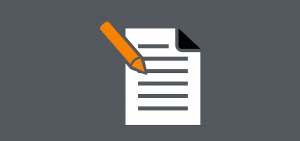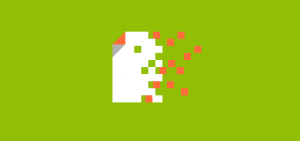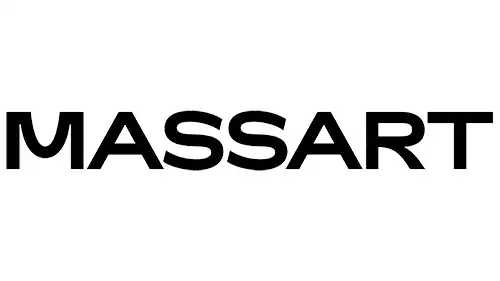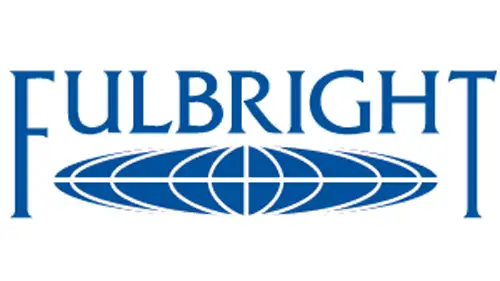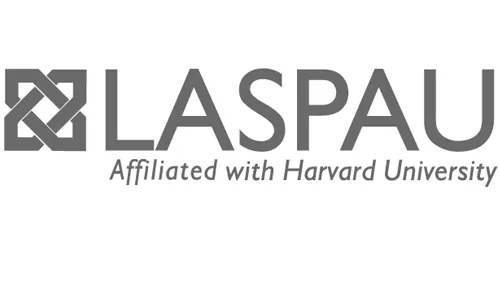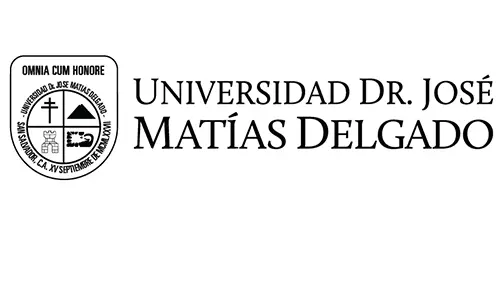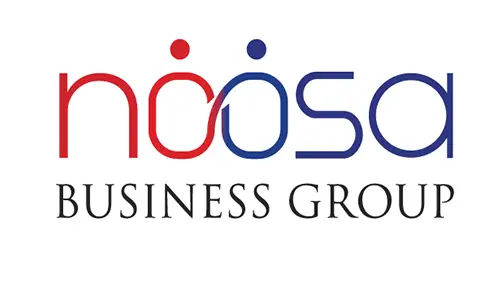A logo is just a logo, right? Or do they fall into certain categories or types? The short answer is yes – there are different approaches to logo design for small to medium businesses.
Please take note: Designing a logo for large corporations (i.e. banks, councils) requires a very different approach to the one we are representing here. With large corporations it is usual practice that brand managers, marketing researchers and consultants work alongside art directors and graphic designers to develop brand identities. Logos get tested with focus groups prior presenting designs to board of directors.
Logo design for small to medium businesses is easily grouped into 7 different types:
- Abstract
- Descriptive
- Emblematic
- Illustrative
- Letterform
- Typographic
- Wordmark
1. Abstract

Abstract logos are like an abstract idea in that it has no specific form in your brain. These types of logos have a non-descriptive message using a very specific graphic image.
Abstract logos require a lot of hard work to graphically express a non-descriptive idea. The end result can be a simple mark or a very complex graphic but they are always unique!
Good for: conveying a very generic idea uniquely and to express feelings in a very subtle way, rather than facts.
2. Descriptive Logos
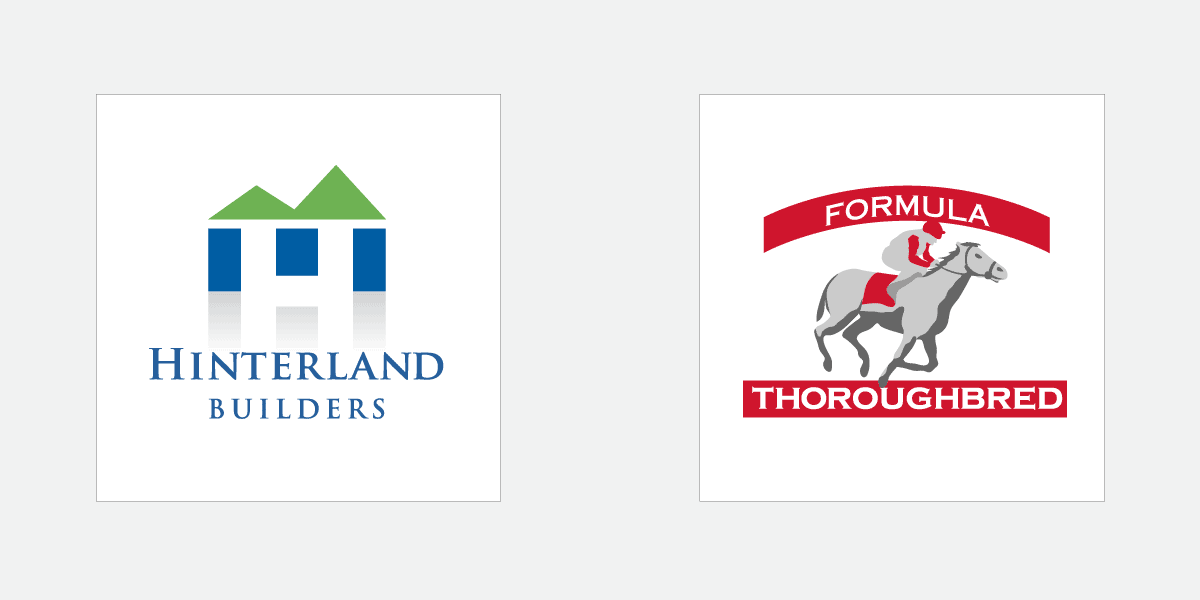
Descriptive logos allude to the name, attributes or benefits of a brand by using clearly recognisable images.
Good for: brand recognition towards a very specific message or even a feeling of what to expect when interacting with the brand.
3. Emblematic Logos
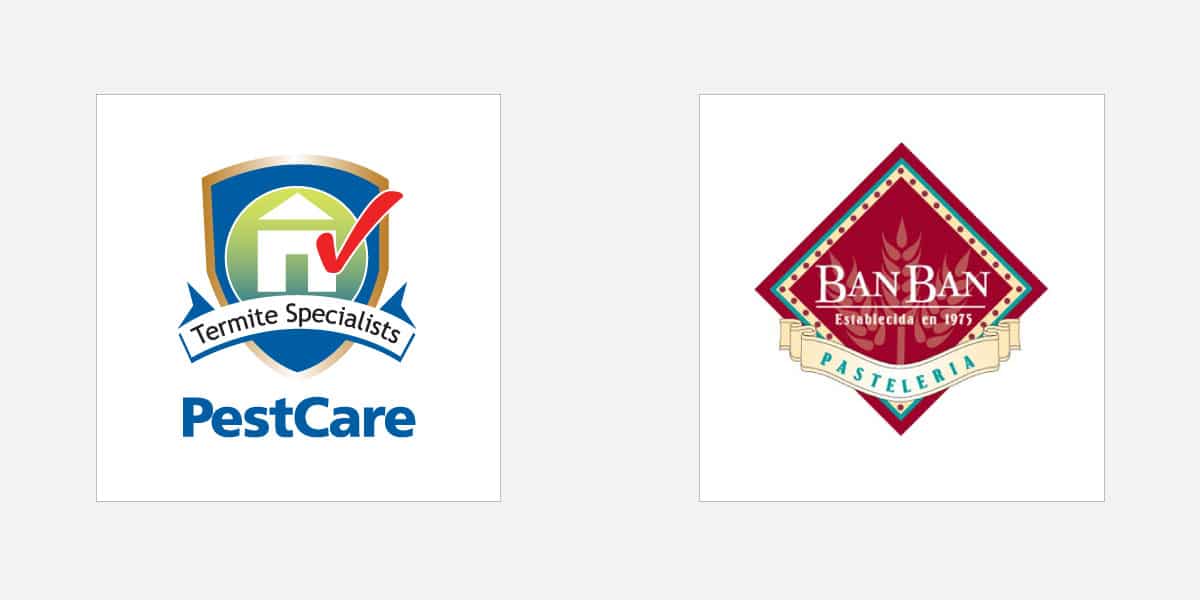
Emblematic logos combine an emblem style symbol with unique pictorial elements as well as the brand name. With emblematic logos there is no separation of the words and the symbols. Icon and text become one. Special consideration should be made when using emblematic logos in small sizes as the detail and the name can become lost and very hard to read.
Good for: sporting teams, package designs and to convey a sense of security.
4. Illustrative Logos
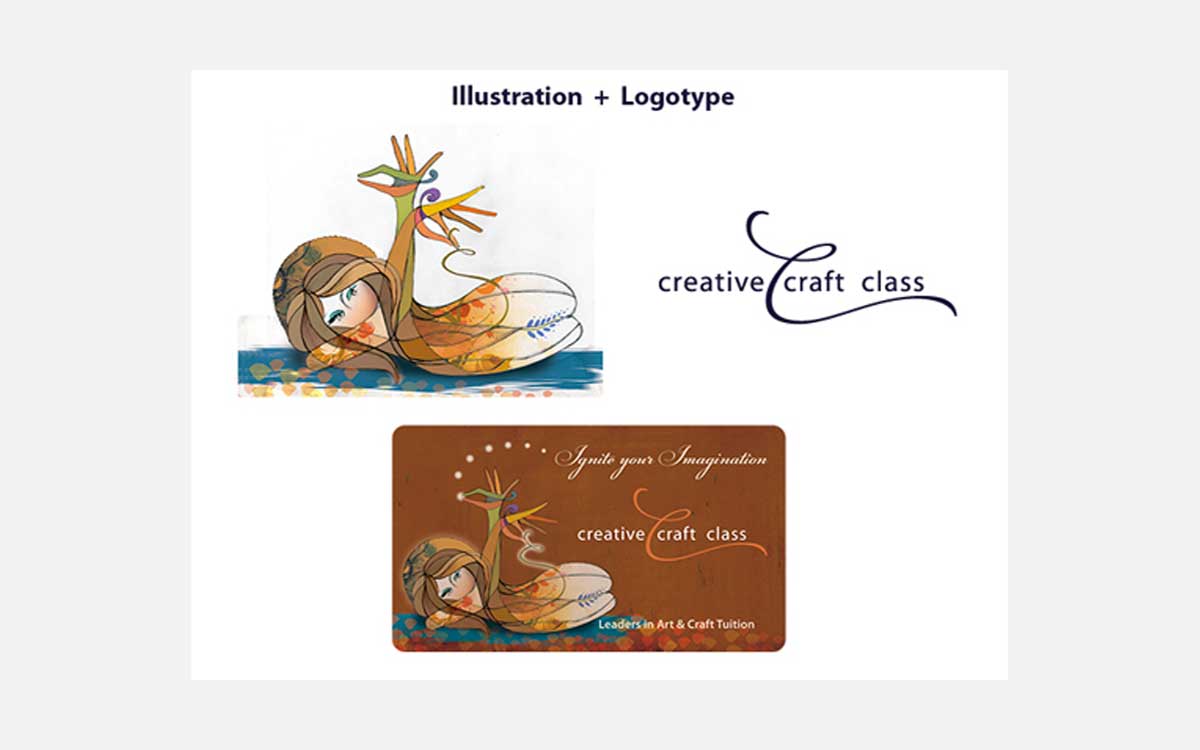
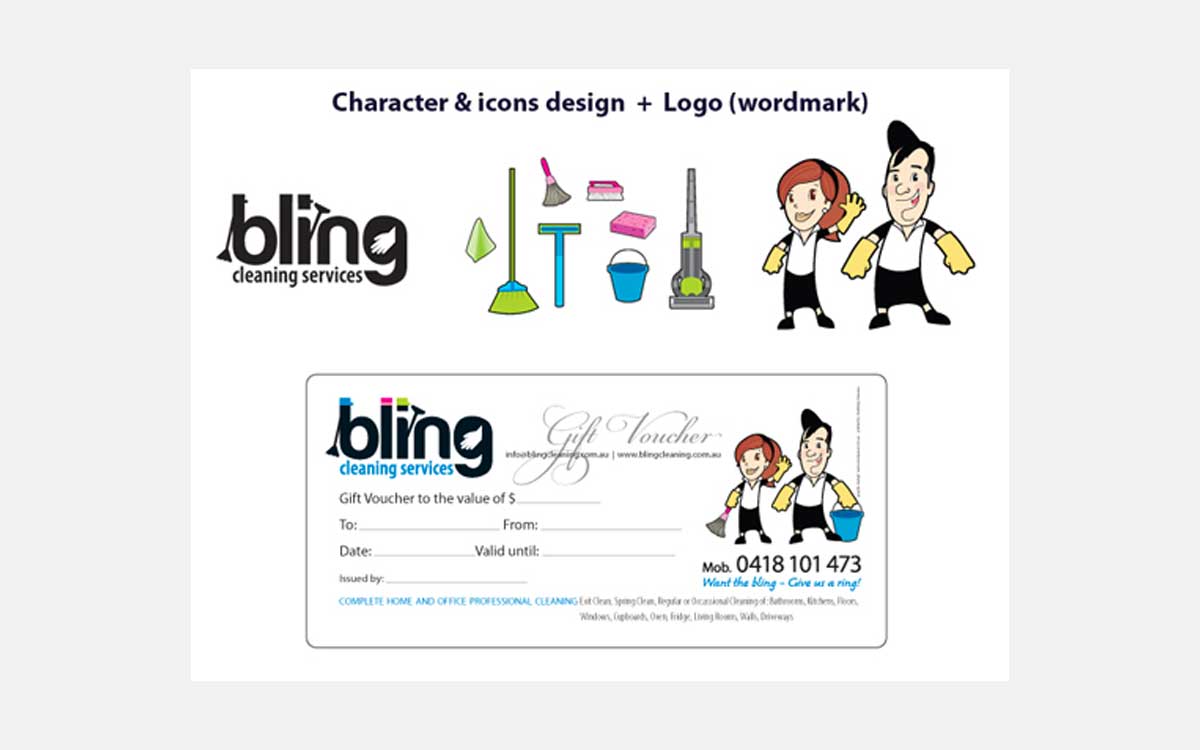
Illustrative logos are very unique and express a great deal about the business, product or service they are designed to represent. The illustrative logo incorporates unique drawings and character designs. They need to be created taking into consideration the overall visual identity of the brand, that is, they must work well with all the other elements of the design to be truly effective.
The examples above demonstrate two different cases of illustrative logos. Both logo designs were developed alongside the illustration, character and icon designs.
Good for: creating a bespoke approach to presenting a brand to the market. Characters and illustrations for brand identity must be custom made for trademarking reasons.
5. Letterform Logos
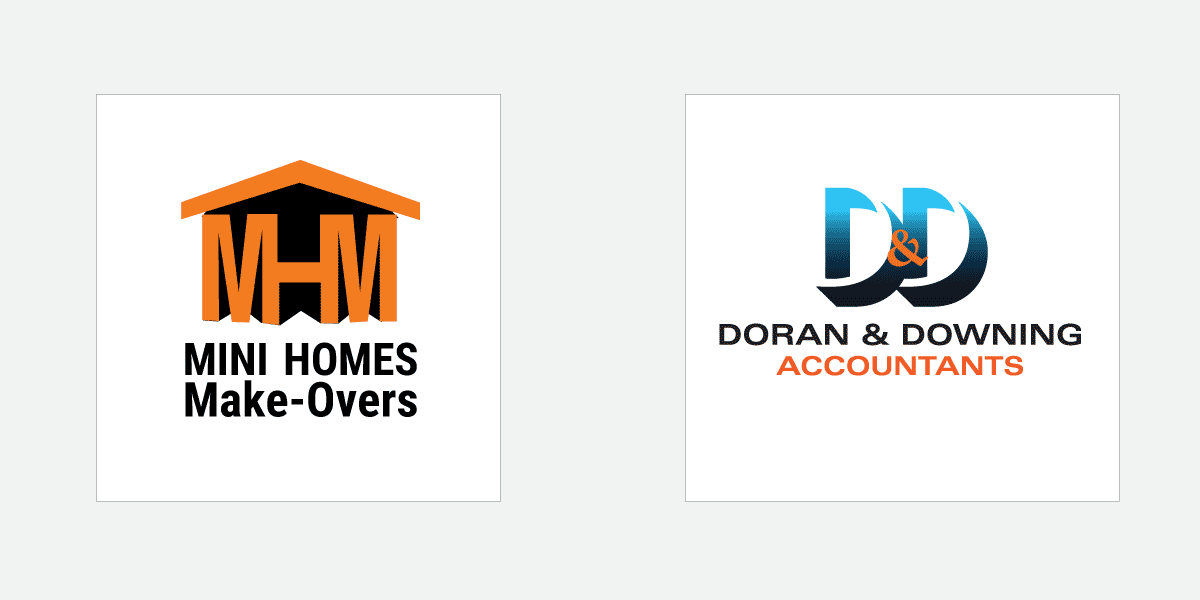
Letterform logos are created by using acronyms or one or more letters from the business name, product or service name. In this situation the letters become a ‘symbol’ creating a unique design that acts as a ‘focal point’ for a brand name.
Good for: reinforcing the acronym or initials of the product or service of the brand.
6. Typographic Logos
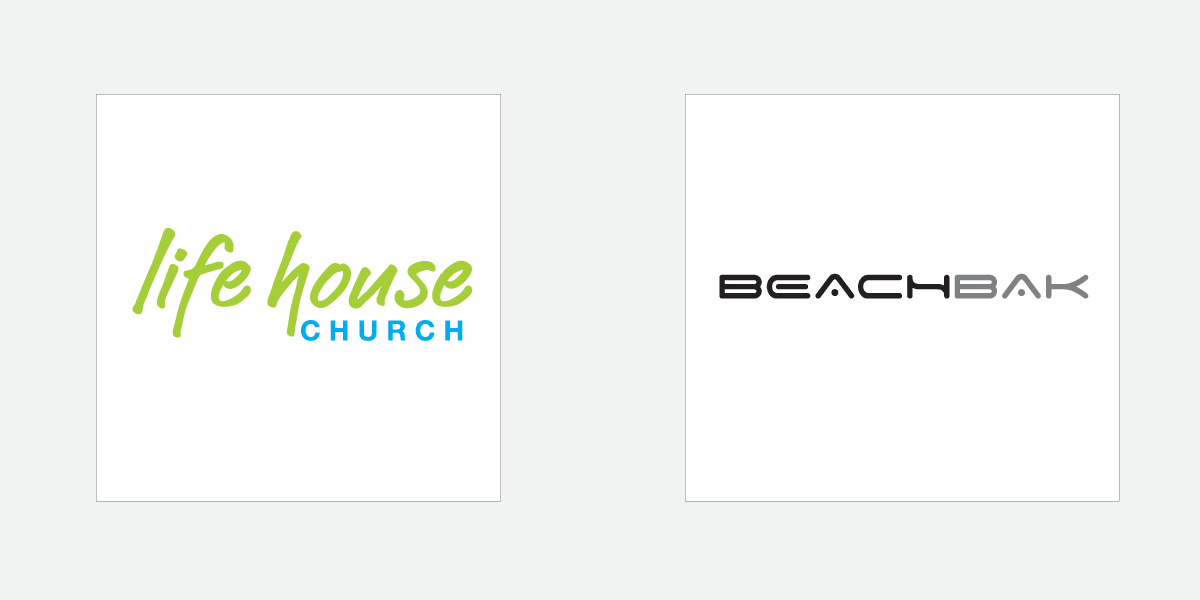
Typographic logos do not use any symbols just words and letters to create an image. In most cases, these are the most affordable types of logos as strict limits are established very early on in the design process. These type of logos are very simple but can still be very effective!
Good for: start-up businesses and labels.
7. Wordmark Logos
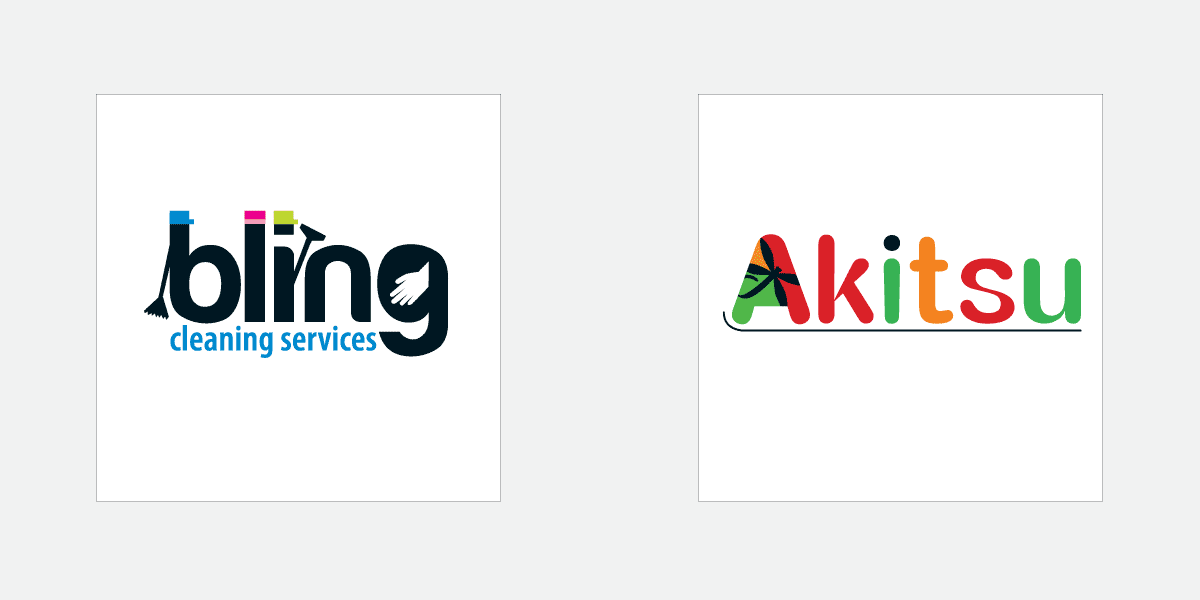
Wordmark logos use the business, product or service name as the foundation for the design. The typography can be created from scratch or from a commercial font. Images can then be integrated into the typography to create even greater impact and to give it a truly customised look and feel.
Good for: creating a ‘mental picture’ of a brand so that whenever you say the name, the image is associated with the sound of the word.
Which type of logo is right for your product or service?
There are no specific rules in design to define right or wrong when it comes to logos. Graphic design is a creative process and each and every brand must be approached in a unique way. But don’t worry, finding the right solution for you and your business, product or service is all part of your professional graphic designer’s job!
However, as there are many ‘unknown’ areas in what a client is looking for, most graphic designers find it hard to give clients a price without knowing their specific requirements, target market and long term goals.
That’s why it’s part of your graphic designer’s job to talk to you about your business. As part of the design brief stage, they should be finding out about your aspirations and your specific needs and wants. This information becomes part of the design brief, guides their research, and informs the creative process. It will also enable your graphic designer to give a professional opinion on which type of logo will best serve your business needs.
If you have any queries, feel free to contact us. We’ll be happy to hear about your project.

